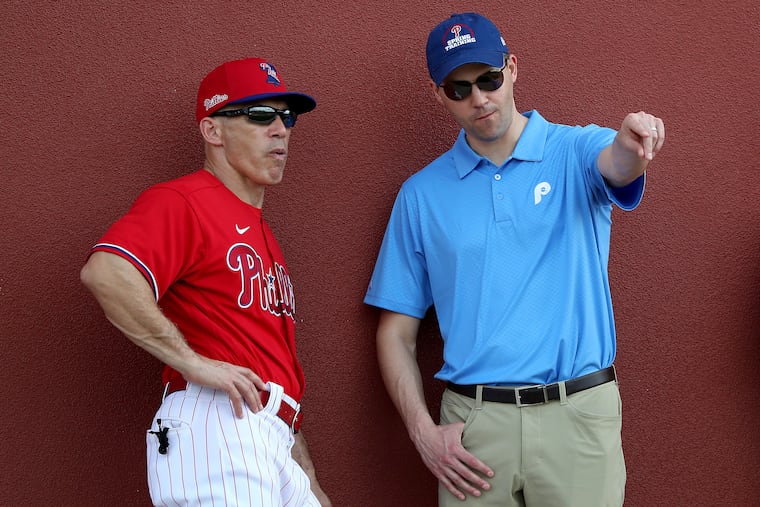Tough regional schedule might be ‘reality check’ for Phillies’ playoff ambitions | Scott Lauber
Four months ago, general manager Matt Klentak called the NL East "the most competitive division in baseball." Two-thirds of the Phillies' games in the coronavirus-shortened season will be played against the NL East.
